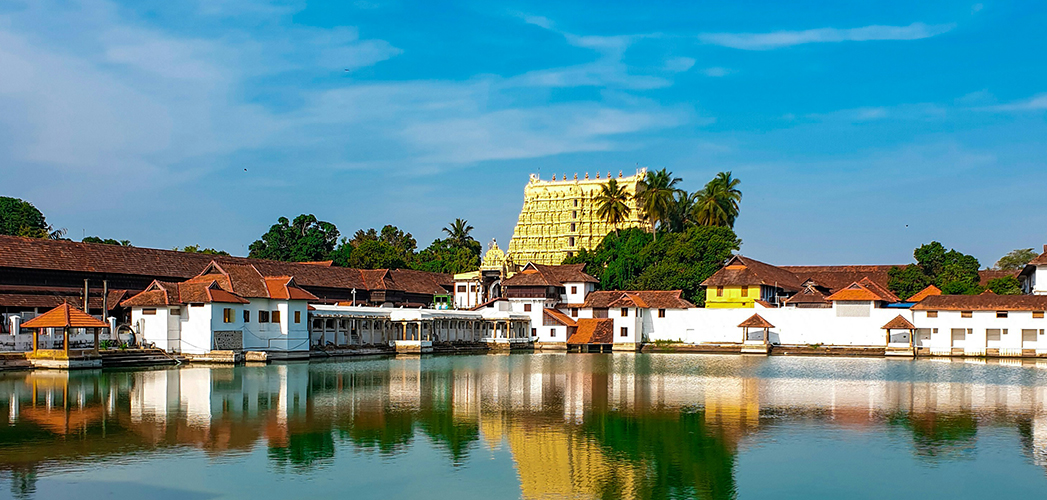History of South India


The Melting Pot of Different Cultures
"What is history? An echo of the past in the future; a reflex from the future on the past."
-Victor Hugo
Important trade routes, the best of natural beauty, picturesque waterways, beautiful temples, majestic architectural patterns, glorious emperors & rulers, and the furious wars - all these have been the hologram of south India. South India Temples are a unique feature of this region. When it comes to the prominent tourist destinations in India, the entire region of southern India draws the maximum number of tourists from all over the world. Being surrounded by oceans from the three sides, this geographical belt has an extensive coastline, which adds an interesting chapter to the history of south India.
This charming coastline was an important link to the trading community as far as the Mediterranean world and the Far East in the ancient times are concerned. The South Indian coast had flourishing trade links with the Romans, Greeks, Arabs, Syrians, Jews and the Chinese in the period from 200 BC to 300 AD. As per the records, the period of the known history of south India begins with the period of the great king Ashoka who ruled over most of the Indian subcontinent.
The ancient history of this peninsular India revolves around the fortunes of three outstanding and powerful kingdoms: the Pandyas (south of Kaveri river with its capital at Madurai), the Cheras (centred around Kerala), and the Cholas (on the Coromandel or western coast). However there were a number of other dynasties also, which co-existed with these prominent ones, but they were unable to reach the same acme of power and glory. A few other dynasties to rule south India were the Pallavas, Hoysalas, Wodeyars, Chalukyas and the Vijayanagar Empire. Some of these dynasties left behind great pieces of art and architecture - the South India Temples. If you read the South India Temple History, you will come to know about great legends of the mesmerizing temples and the period in which they were built. South Indian Temples are one of the major attractions of this region of India.
These kingdoms constantly fought amongst each other but when the Muslims invaded south India, these dynasties altogether fought against external forces. Vijayanagar empire responded to the Muslim intervention in a commendable way and acted as a bulwark against Mughal expansion in the south.
South India has a rich history of over two thousand years. When the European powers arrived in the 16th century, the southern kingdoms were not powerful enough to resist them. This way the British easily occupied the region. After Indian independence, south India was linguistically divided into the states of Andhra Pradesh, Karnataka, Kerala and Tamil Nadu.